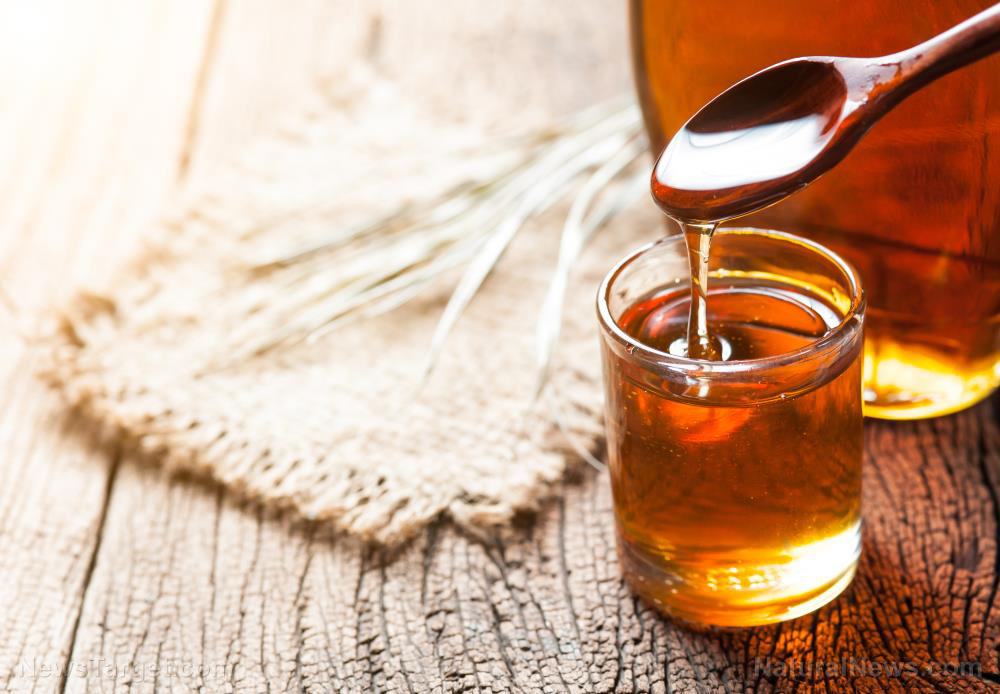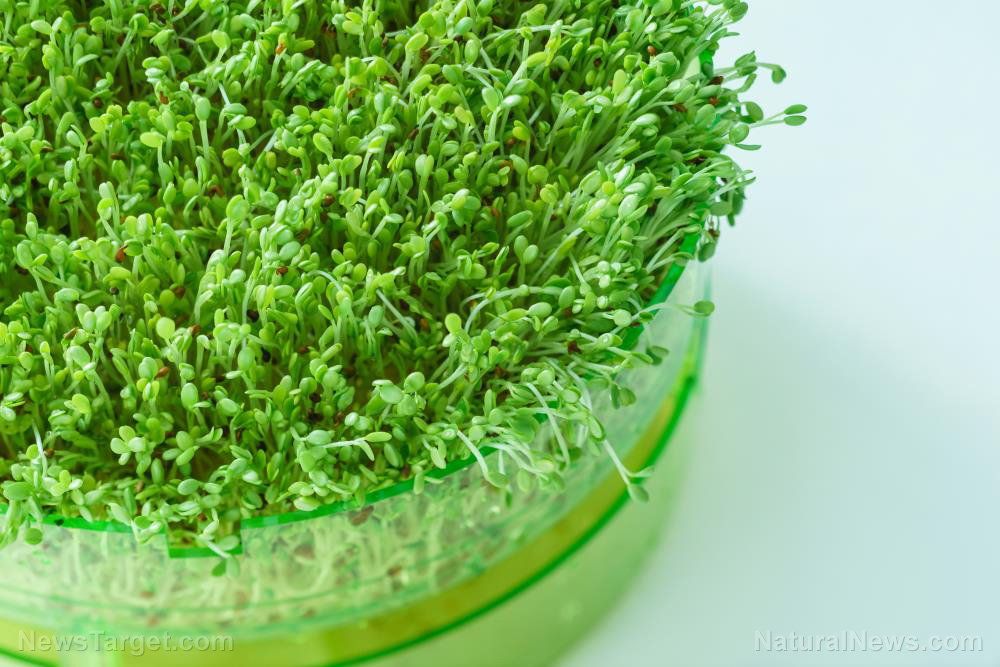5 Creative ways to use citrus peels
08/20/2021 / By Mary Villareal

Citrus fruits such as lemons, limes, and oranges can be used in their entirety. In fact, the peels may carry more nutritional benefits than the juicy pulp inside. For instance, a tablespoon of orange peel has thrice more vitamin C than the fruit, and four times more fiber.
With so much food waste, there are other ways to keep rinds out of the trash. Here are some creative ways to make use of your citrus peels.
1. Add zest to food and drinks
You can add some flavor to tea, and even wine, with a few dried citrus peels to the mix.
Peel the fruit, but leave the pith behind. The pith is the bitter white substance between the peel and the fruit. Simply leave the strips on a plate in a warm, sunny area with the insides of the peel facing upwards until they turn crisp — or if you’re short on time, dry it in the oven by baking them for 20 to 30 minutes at 200 degrees Fahrenheit. (Related: 14 Clever ways to reuse orange peels.)
Dried peels can be used for all sorts of beverages like tea and mulled wine or cider. Fresh peels can also be used to make classic twists to garnish cocktails or make bitters.
2. Use to garnish food
Candied citrus peels are an easy way to preserve and repurpose them. Remove peels from oranges, including the pith, and cut them into strips. Boil them for 15 minutes, drain, rinse, and then drain for a second time. In a pot, combine three cups of water and three cups of sugar and bring to a boil. Add the peels and simmer for about 45 minutes until they are soft. Toss them into another cup of sugar and then put them on a foil to dry. The final product can be eaten on its own as a snack or used to garnish desserts, or even used for baking.
3. Make a cleaning solution
It is easy to make your own simple surface cleaner with vinegar, water, and lemon. As you accumulate lemon rinds, store them in a jar filled with vinegar. Let the mixture sit for at least two weeks in the refrigerator. Once properly infused, strain the vinegar to take out stray particles and use it as a cleaning solution. This way, you get the vinegar-water solution you love, but with a citrusy scent.
This solution is great for cleaning greasy kitchen counters and bathroom surfaces. However, it is best to avoid using it on marble or stone, as acid can cause damage to these surfaces.
4. Blend into essential oil
Oranges and lemons make great essential oils. Remove as much of the pith as possible and allow the peels to dry for a few hours. Cut them into small pieces or grind them to a dry paste if you have a food processor, then place them in a jar with vodka. Shake jar a few times a day for at least three days before straining the liquid, then leave the jar uncovered to allow the alcohol to evaporate. You will be left with the essential oil to use in a diffuser, rub it onto your skin, or add to your bathwater.
5. Create a natural body wash
Lemon juice can be beneficial for skin, hair and nail care, but the peels are useful as well. Avoid buying products with microplastics, which can be harmful to the environment. Instead, simply dry out some peels, grind them in a food processor until they turn into a coarse to fine powder, and add them to your soap or body wash, or to a homemade sugar scrub.
The alpha-hydroxy acids in lemon help brighten the skin, so making a simple lemon peel scrub can also be a good idea. Simply mix one zested lemon peel with half a cup of sugar and add olive oil to form a paste.
Learn more about what you can do with things you can find in your kitchen at Food.news.
Sources include:
Tagged Under: citrus fruit, citrus peels, Cosmetics, DYI, essential oils, Fresh, functional food, green living, home remedies, homesteading, ingredients, organics, skin care, tips
RECENT NEWS & ARTICLES
COPYRIGHT © 2017 GREEN LIVING NEWS





















